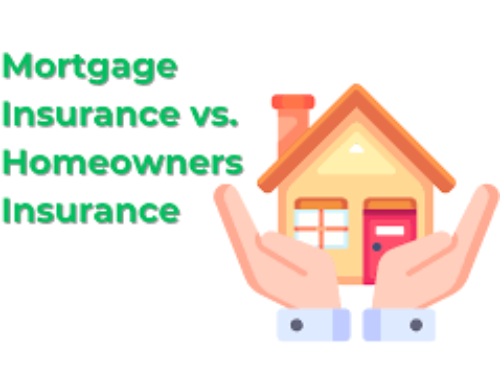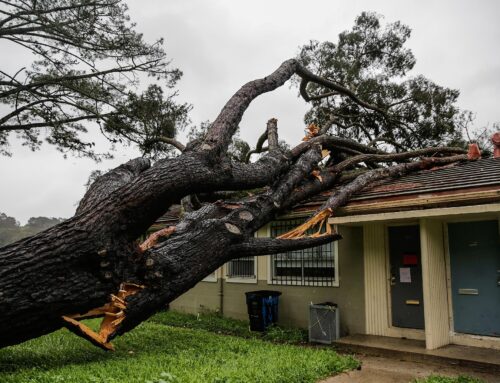If you have a homeowners policy, you probably expect it to cover all the costs of rebuilding your house in case it’s damaged or destroyed by a covered hazard. You should be asking yourselves in the event of a covered loss will you have sufficient coverage? Read about two common situations you may be unaware of — and the affordable options that can help put your mind at ease.
Extended dwelling coverage:
“Extended dwelling coverage” typically refers to a type of insurance coverage that goes beyond basic dwelling coverage in homeowners insurance. Dwelling coverage is a fundamental component of a homeowners insurance policy, providing protection for the physical structure of the insured’s home against covered perils, such as fire, windstorm, hail, and other specified risks.
Extended dwelling coverage, sometimes also called “extended replacement cost coverage” or “additional replacement cost coverage,” is designed to provide additional protection beyond the basic dwelling coverage limits. In the event of a covered loss, the extended dwelling coverage helps cover the cost of rebuilding or repairing the home, even if the expenses exceed the policy’s original dwelling coverage limits.
This type of coverage is particularly useful in situations where construction costs have risen since the time the policy was initially issued, and the standard dwelling coverage may not be sufficient to cover the full cost of rebuilding. Extended dwelling coverage helps bridge this gap, offering extra financial protection.
It’s essential for homeowners to carefully review their insurance policies and discuss coverage options with their insurance agents to ensure they have adequate protection for their homes and belongings. Keep in mind that the specific terms and conditions of extended dwelling coverage can vary among insurance providers, so it’s crucial to understand the details of the coverage provided by your particular policy.
Building ordinance or law coverage:
Building ordinance or law coverage is a type of insurance that provides protection for additional costs incurred due to the enforcement of building codes or ordinances in the event of a covered loss. When a building is damaged or destroyed, local building codes may have changed since the structure was originally constructed. In such cases, rebuilding or repairing the property may require compliance with current building codes, which can result in increased expenses.
Here are some key points about building ordinance or law coverage:
- Coverage Types:
- Coverage A (Increased Cost of Construction): This component of the coverage helps pay for the increased costs associated with rebuilding or repairing a damaged structure to comply with current building codes.
- Coverage B (Demolition Costs): This part covers the costs of demolishing the undamaged portions of a structure if required by local ordinances.
- Examples of Covered Situations:
- Partial Loss: If a part of the building is damaged, and local codes require upgrades to the entire structure, the coverage can help cover those additional costs.
- Total Loss: In the case of a total loss, where the entire building needs to be reconstructed, building ordinance or law coverage can assist in meeting the current building code requirements.
- Building Code Changes:
- As building codes evolve, compliance may become more stringent. This coverage acknowledges that rebuilding to current standards may be more expensive than restoring the property to its original condition.
- Importance:
- Building ordinance or law coverage is essential because standard property insurance policies may not cover the extra expenses associated with complying with updated building codes. Without this coverage, property owners might be responsible for these additional costs out of pocket.
- Limits and Deductibles:
- Like other insurance coverages, building ordinance or law coverage has limits and deductibles. It’s important to review these details to understand the extent of the protection provided.
Homeowners and property owners should carefully review their insurance policies, discuss available options with their insurance agents, and consider adding building ordinance or law coverage if they want protection against the increased costs associated with complying with building codes after a covered loss.






Leave A Comment